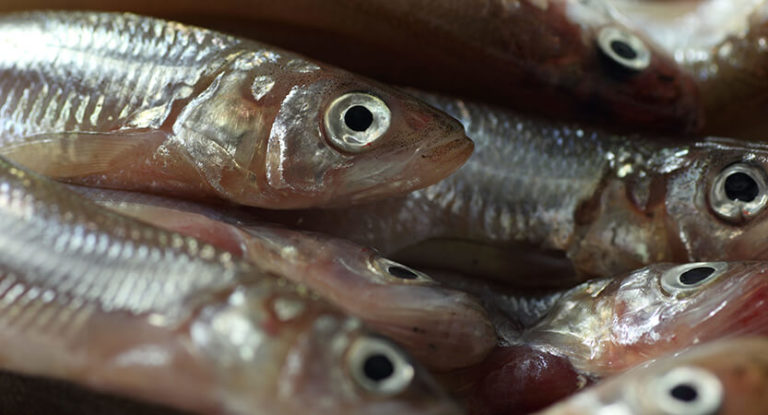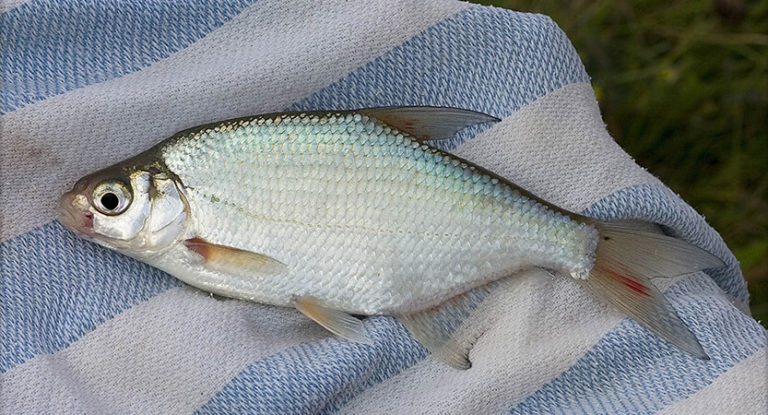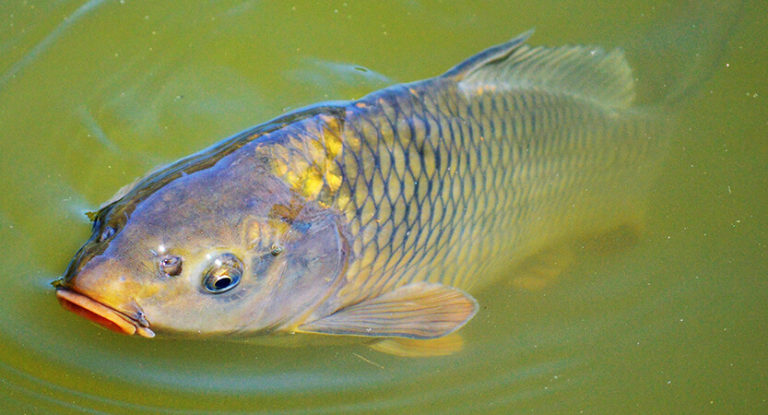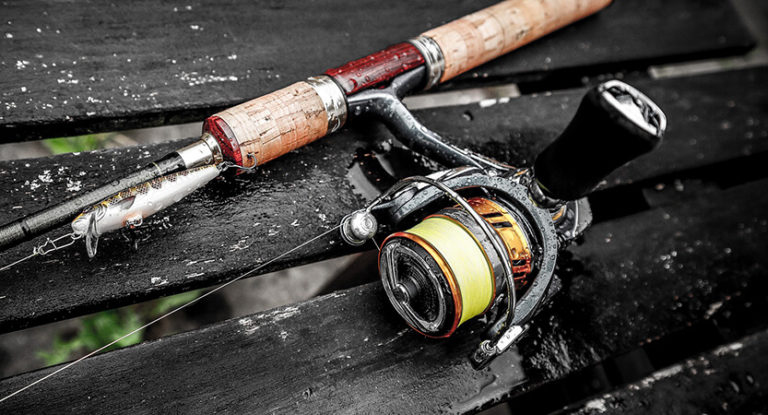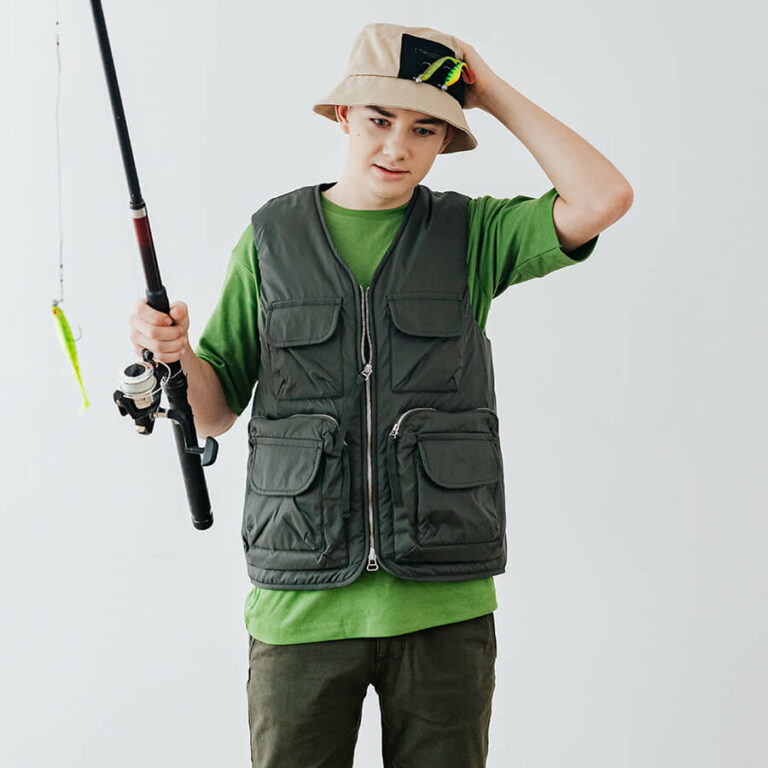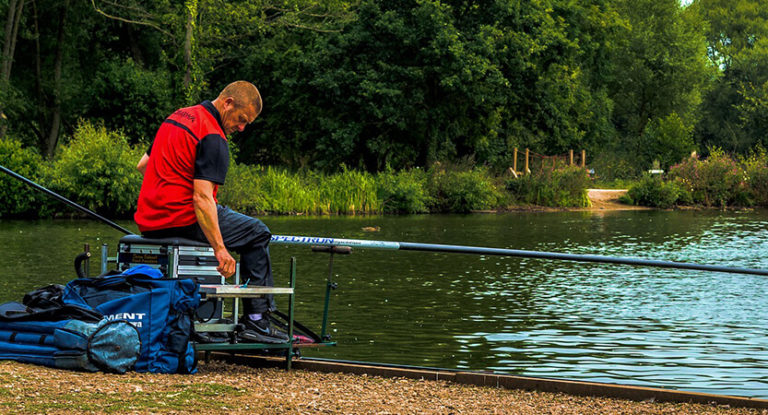Winter fishing is a lifelong hobby: you just have to experience the zen from communication with nature and the adrenaline rush at the sight of a freshly caught trophy beating on the ice – and that’s it, you yourself are already “on the hook”. This is especially felt when catching a predator with active tackle, for example, on a balancer winter lure, When much depends not only on the right place, but on the skill of the fisherman. In this case, it is important to purchase high-quality equipment, properly tie the balancer to the fishing line and learn the basics of working with this bait, and then you can just enjoy active winter fishing.
Today we will understand the types of designs of this relatively new, but rapidly gaining popularity bait and learn how to make the right rig for effective fishing. The balance lures are rapidly pushing back the winter spinners familiar to fishermen of the past: they are ahead of them both in catching power and in ease of handling. This tackle is worthy of the closest attention, because with the right approach, it will help you get an enviable trophy even during the period of deafness of the fish.
Here is an overview of the content of this tutorial, feel free to jump to any section you care about:
For more fishing instructions, take a look at these popular Trizily links: Best Baitcasting Reels, Best Underwater Fishing Cameras.
- Float Fishing For Beginners
- How To Choose A Fishing Hook
- Secrets Of Successful Fishing- Tips and Tricks
Construction and purpose of balancer winter fishing lure
Balancer winter lure is an artificial bait that externally imitates a small fish. It is designed for active fishing in a plumb line and is used mainly in winter fishing, but there are also summer versions of this tackle. When played correctly, this bait perfectly follows the movements of prey that are tasty for a predator.
The balancers are mainly made from synthetic polymers, but there are options in balsa and metal, as well as combined models. The colors are very different: both imitating real representatives of freshwater ichthyofauna, and fantasy ones, but the “abdomen” is usually colored paler than the “back”. The standard equipment looks like this: a “tee” hanging freely from the bottom, rigid hooks in the “head” and “tail”, a loop for tying from above.
Among the positive characteristics of the bait are the following:
- Catchability . This feature is especially pronounced when catching schooling predators – perch and pike perch. Seeing the seductive play of the “fish”, the toothy members of the flock vying with each other rush for the desired prey, seizing it immediately, without trial bites.
- Versatility . Using various playing techniques and bait models, you can catch both an active predator on the first and last ice and in a thaw, and a passive one in the wilderness.
- Multifunctionality . With the help of a balancer, you can fish on any horizon: directly under the ice, in medium water, at the bottom. With it, you can instantly explore all layers vertically and, in the absence of bites, move to another place.
- Ease of use . Playing with a rod with this rig can be learned very quickly. Of course, there will always be nuances (depending on weather conditions, a specific reservoir, the type of intended prey), but the basic skill is easy to master.
- Variety . There are a lot of models on the fishing accessories market, which are differentiated by size (for different predators), shape, color, equipment (for all imaginable fishing conditions).
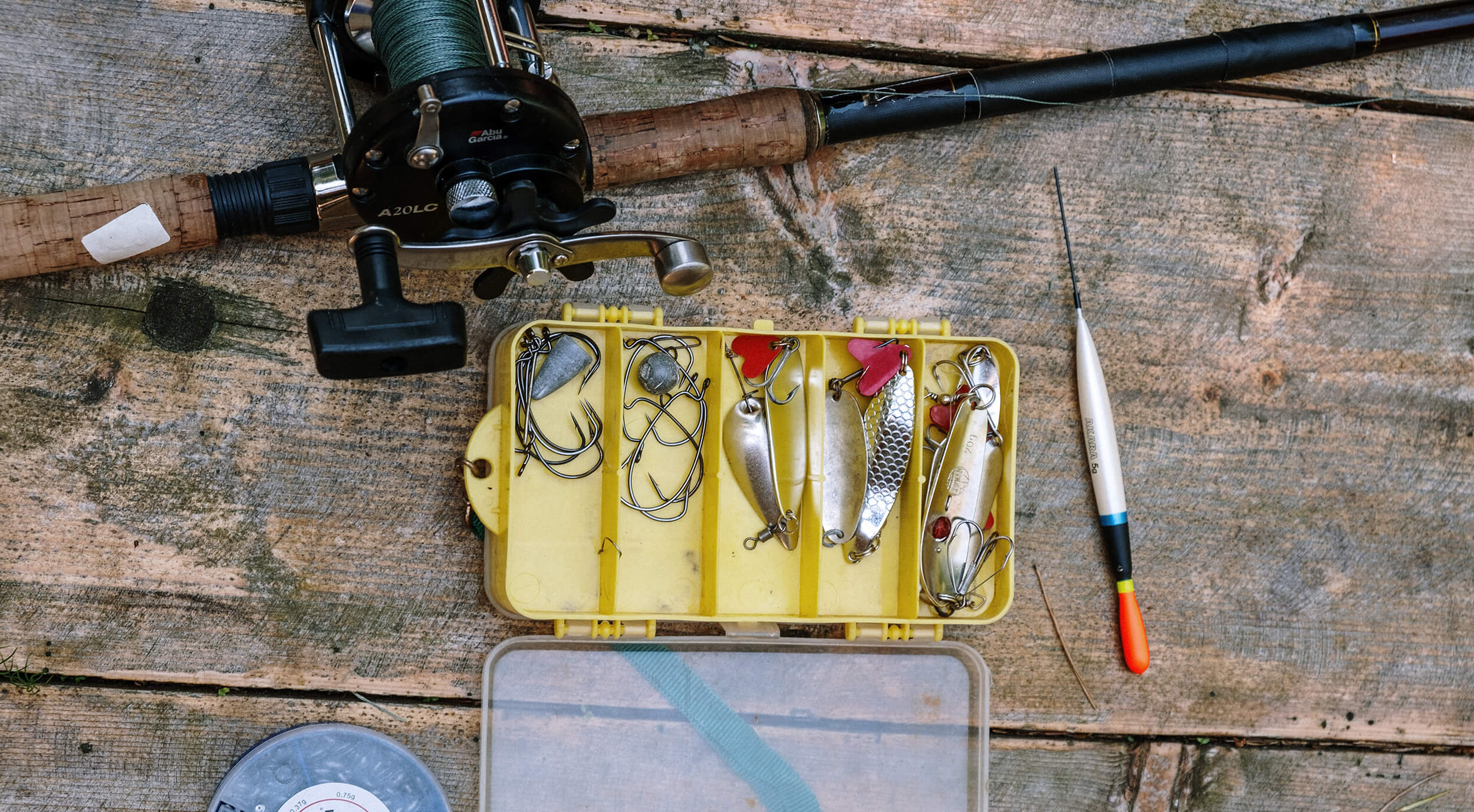
Requirements for correct binding
The requirements for the correct attachment are due to the peculiarities of using the bait: it should not interfere with correct play and weaken the rig as a whole. When playing with the tackle (lowering / raising the rod), the lure should walk from side to side, remaining in a clearly vertical position.
The correct position for branded models with the correct binding (methods are usually indicated on the packaging) is provided initially. A slight lift of the front part up is allowed – this is not critical and practically does not affect the game. With the initially correct position, you can fix the bait tightly in the center – the tackle does not need correction. It is more rational to use a sliding binding: it will take the desired location and give the bait the correct working position.
However, if the roll of the balancer is significant, which is often found in the brainchild of the Chinese industry, this indicates its low quality and the need for correction. The problem is usually solved by loading the bait in the right places with wire (we just wind it up, eliminating the protruding ends) or by manipulating the tail. Both methods should take into account that wet and dry bait behaves differently, therefore “field trials” in a bucket or bath of water are necessary.
Ways to tie the balancer winter lure to the fishing line
There is a special ring (bow, lock) for attachment to the fishing line in the “back” of the bait. Most often, anglers use the following fastening methods – each of them has the right to life:
Directly on the line . Before us is the most common method among winter fishing lovers. Its main disadvantage is the impossibility of quickly changing the bait. In addition, a metal mount is capable of rubbing a weak line, and, according to the law of meanness, a break will occur on the largest specimen. In this case, it is better to use a “palomar” or a double “clinch” (single is rather weak) to fit the balancer. “Palomar” looks like this: thread a long loop of fishing line into the bow, tie it to a simple knot with root ends, pass the balancer through the loop, tighten the knot and cut the ends.
The clinch is no more difficult to implement: we pass the line through the ring, we make 4-5 turns around the root end, return, we pass the vein into the loop near the end, then into the loop at the last turn, tighten.
With non-slip loop . This method should be recognized as the most rational, since it provides the most realistic play of the balance bar hanging in a free loop. The main thing here is to ensure the strength of the rig, for which ordinary nodes are not very suitable: they can withstand the weight of a small predator, but they will save in front of a trophy specimen. In this case, it is better to use the “rapala” knot: it is difficult to perform, but uncompromisingly strong. It is performed as follows: we tie a simple knot on the fishing line, thread the working end into the ring, and then into the original knot, make several turns around the root end, return, thread it again into the original knot, and then we put it into the resulting loop, tighten.
With a clasp . There are many opponents of using carabiners: they believe that buckles negatively affect the play of the balancer. This point of view can be justified in only one case: when using a bulky carbine on an ultra-light bait. In other cases, the fastener does not affect the game in any way and allows you to instantly change the rig. Another problem is real: with sharp swings and, accordingly, a bright game, the abdominal tee can catch on the carbine. But it is quite solvable: there are special fasteners for fly fishing, they are quite suitable for our purposes.
Using a swivel minimizes line twisting, but this is not a problem in this case. Even with aggressive play, the line twists slightly, the balance bar starts to wag in a circle, deviating and returning to its original position. As practice shows, the predator even likes it.

Equipping with a leash
Another practical question that worries winter fishing enthusiasts is whether you need a leash or can you get by with the main line? In this case, it is worth figuring out which is more important: the invisibility of the rig or its strength?
For catching perch and pike-perch, a metal lead can be omitted. You should not use it to catch pike in the wilderness : the predator is cautious and passive, if the tackle arouses her suspicions, she will not approach her. Statistics show: rigging without water is much more effective in terms of the number of bites. But since the risk of losing an expensive bait remains high, it is better to use a fluorocarbon, which is hardly noticeable in water, in the form of a twist.
Attaching the balancer through a metal leash is necessary in case of fishing for active fish of significant size, that is, trophy pike. It is needed when fishing on the first / last ice and during thaw periods. In this case, tungsten, surflon, high-quality steels are used.
We hope that you will master the basic methods of imposing in just a couple of attempts and choose the best option for yourself. This experience will not be in vain: the nodes listed above have proved to be excellent when installing other rigs. In a word, try and dare for the benefit of a rich catch and your own pleasure. And we will continue to delight you with informative publications!

